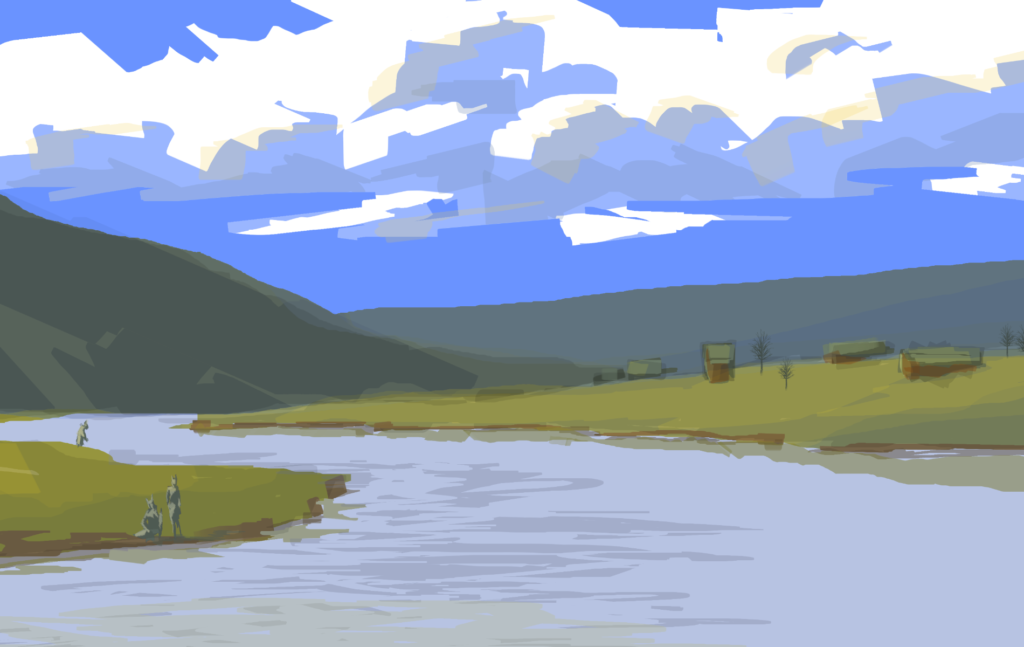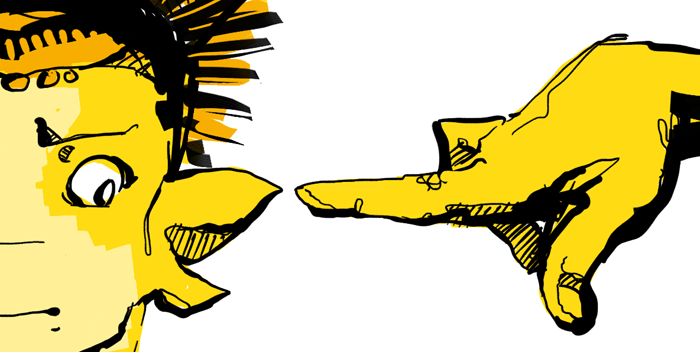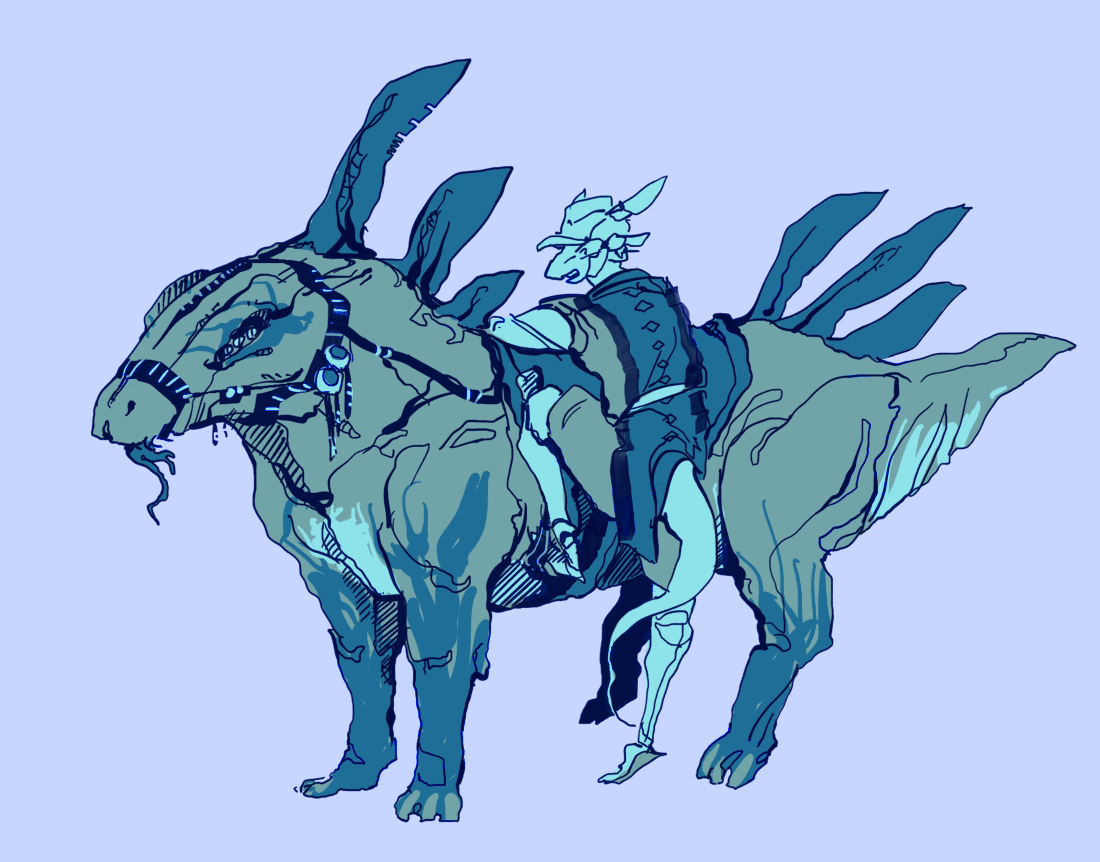“You have faith, but I have reason.” I’ve heard many variations on this line. I would like to clarify that reason used in this context is usually shorthand for what the given party considers evidence.
It can potentially be a thinly-veiled dig on the other – that they are not intelligent enough to contemplate the evidence (or the implications of it) – implying faith is a scapegoat for those who deny the truth. The question is this: is faith simply a fool’s alternative to reason?

The word faith is a misunderstood one. Faith is a synonym with trust. I consider them functionally identical. I prefer to use the word trust, as it seems to have a more concrete definition to most people than the word faith. saying you don’t have ‘trust’ makes very little sense. by that definition, all people have faith. You can’t not have faith. How can you not trust anything? Impossible.
How do I know that humans have been to the moon? I’ve never been to the moon. I gotta take someone’s word for it. People tell me it happened. I’m trusting people.
Say I am still a skeptic. I want to dig deeper. Those people were told by others, told by others, so on. But is NASA telling the truth? I don’t have the resources to cross-check all their evidence, assuming they are even presenting it truthfully to begin with. I can dig into the evidence all I want, but ultimately it is evidence that is filtered through others – there is no proof so concrete that it is impossible to disbelieve. I personally believe we went to the moon, but look at how many do not. It is not a matter of proof or evidence, it is a matter of trust.
It can be tempting to appeal to majority (‘everyone else believes it!’), but please look at history to see why that is a shaky reason. Hitler was very popular for a time, remember. Peer pressure is a poor substitute for truth.
Evidence means much less than people like to admit, because much is out of reach more than we like to admit. At the end of the day, most of us are not really trusting the evidence, we are trusting presentations of it. Fields of science or academia are so intricately specialized that it is not even possible for an individual to truly grasp all topics. If I specialize in pharmacology, I will not have the time nor intelligence in my short life to also specialize in biotechnology. I have to ask my biotechnology questions to a biotechnician. I will have to take someone’s word for it.
Say that somehow I am at the absolute forefront of my field, reducing filters of evidence by others to an absolute minimum. Surely I can trust the evidence then, right?
But take it a step further still. How do I even know I can rely on my senses? On my memory? How can I be sure that I’m not some drooling lunatic in an insane asylum? how can I be sure that I’m not living in the matrix, or exist solely in the raving delusions of a man in a coma? Ultimately, I don’t really think it’s possible to prove any of those. Even such a base thing is a huge act of trust – of faith – when you really analyze it. Without trust it would be impossible to function in life at all.
To return to the beginning, is faith simply poor-man’s reason?
Does faith mean what I put my faith in is true? Of course not. But everything someone believes is something they put faith in, even that the sun will rise tomorrow. There might be good reasons to trust that it will rise, but ultimately any ‘proofs’ I present are just words until it rises. However my reason was not mutually exclusive with my trust. All humans who have ever lived needed both faith and reason. Without either life is impossible.
But to answer the implied question, why do I put my faith in Jesus instead of something else?
Well, in my life I see myself as having two choices. Do I trust in people, who make mistakes and have let me down? Or do I trust in Jesus who – so far – never has?


